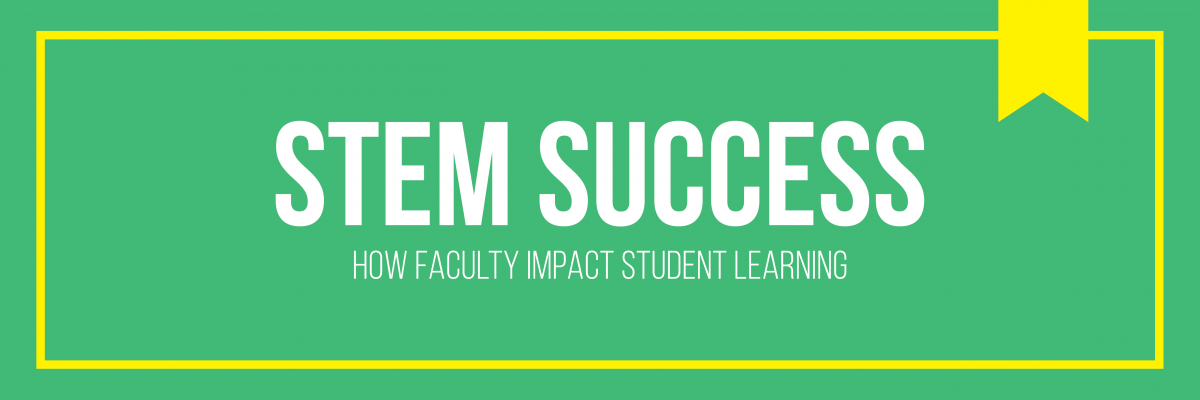- After mapping your objectives to Blooms taxonomy, did anything surprise you?
While some of the objectives corresponded to Bloom’s Taxonomy, some did not and can probably be adapted to the Bloom.
CMCE2457
ABET Program Outcomes;
An understanding of the need for and an ability to engage in self-directed continuing professional development; (Criterion 3.h)
Corresponding Bloom Level – Applying
CMCE2421
ABET Program Outcomes;
Utilize measuring methods, and software that are appropriate for field and office processes
related to construction scheduling (Criterion 9.c)
Corresponding Bloom Level – Applying
- How could the use of Bloom’s model with your students promote independent learning?
The use of Bloom’s model helps students identify how to produce the caliber of work needed to be successful in college. The four-step process truly delineates the difference between study versus learning. Application of this process breeds independent learning for our students as they now know that “learn mode” entails much more than memorization but rather a concerted effort into understanding a topic well enough to be able to put into their own words and applying to the extent that questions never seen before can be answered.
- McGuire presents the Study Cycle, what is your reaction to it? Why?
I love the study cycle because it works!!! I have and will continue to share the study cycle with students. As explained by McGuire my reason for using and recommending the study cycle is because it results in learning goals as compared to performance goals being met.
- How are we going to meet our goal of increasing retention 5-10% starting in the fall?
We can meet our Department’s goal by helping students accurately understand the learning process. Thereafter, they are now equipped to operate in the “learn mode – teach the material” as compared to the “study mode – make an A” they have practiced throughout their academic careers. Once the students apply this learning strategy, the improvement of disappointing or already good grades, will motivate, inspire and re-energize their desire to complete the program.



